|
Icon
|
Project type and supervisor
|
Project title and brief description
(Click title for
details)
|
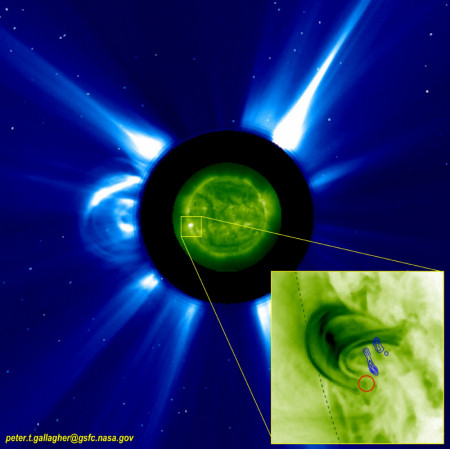
|
Data analysis with
Angela Des Jardins
|
Signatures of Magnetic Reconnection in Solar Flares
Due to its dynamic activity, the sun has a great impact on everyday lives in our natural and technological world. A direct hit by a coronal mass ejection can knock out satellites, disrupt radio communication, endanger astronauts in space, and even spur power grid failures. The student will analyze observations of several flares to investigate how this dynamic solar activity is released in the magnetic reconnection process.
|
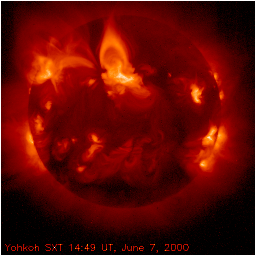
|
Data analysis with
Adam Kobelski
and
David McKenzie
|
Unresolved Structures in Solar Flares
Solar active regions are composed of magnetically confined tubes of plasma, or loops. When a solar
flare occurs, these loops are observed to have a short heating phase, followed by a longer
cooling phase. We will analyze and model evolution of flare loops observed by Yohkoh/SXT to
test the hypothesis that what we observe as a single loop is actually multiple unresolved loops,
with each loop heating and cooling in succession.
|
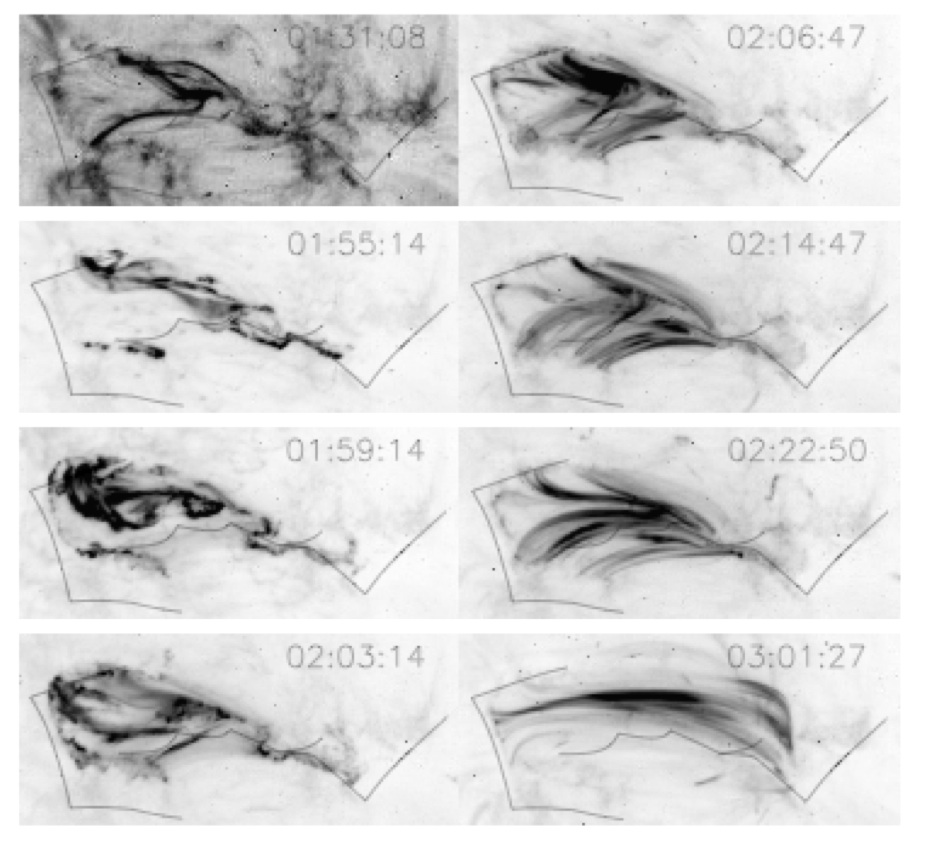
|
Data analysis with
Dana
Longcope
and
Jiong Qiu
|
Heating and Cooling of Plasma in a Solar Flare
A solar flare is a sudden conversion of energy from magnetic energy into other forms. As a result of the conversion,
high-temperature coronal plasma is heated and evaporated, it then cools as it radiates X-rays.
In this project the student will analyze sequences of EUV images from the new SDO spacecraft.
From this data we will measure the rate at which new loops are being heated. We will then use
models of radiation to estimate the temperature that each one is heated to and the power
released by the flare over time.
|
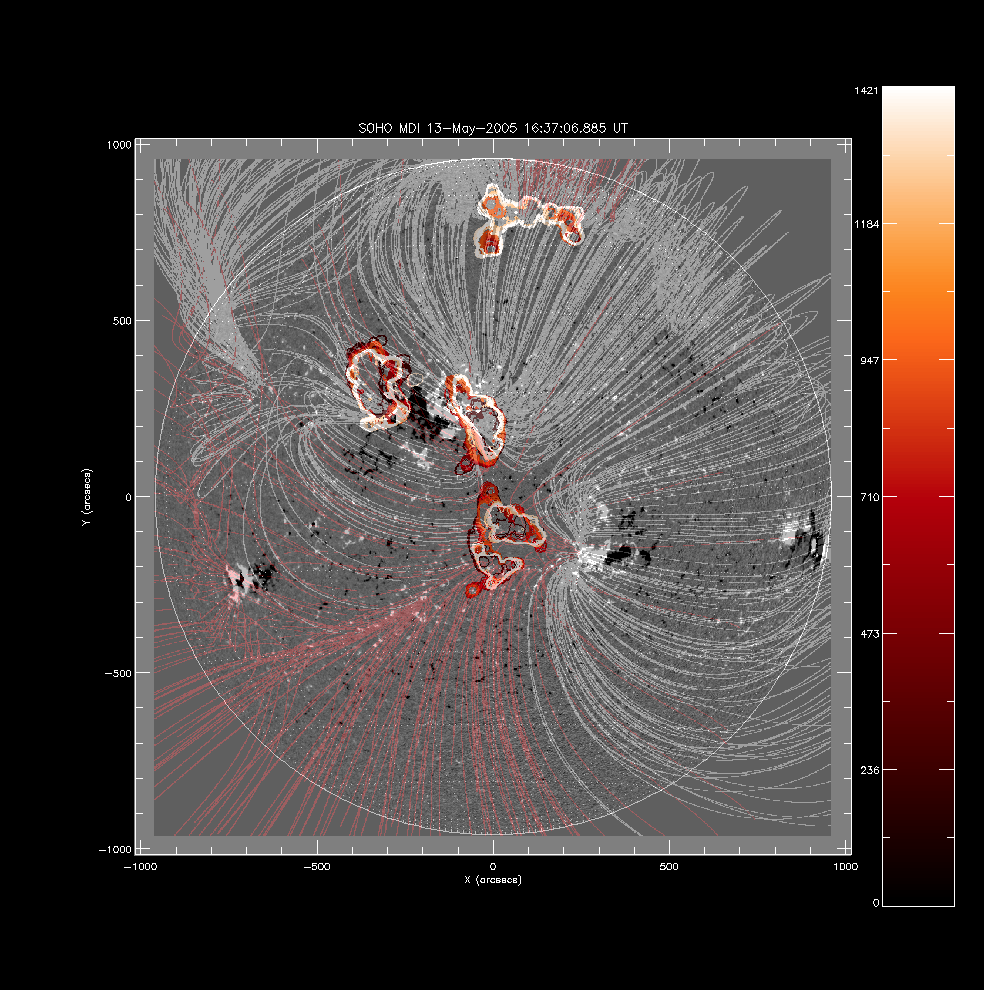
|
Data analysis with
Chris Lowder
and
Jiong Qiu
|
The Connection between Coronal Dimming and the Overlying Magnetic Field
Coronal dimming signatures are regions marked by a drop in intensity as seen in the solar coronal images.
These events usually occur in association with coronal mass ejections, as a result of magnetic field reconfiguration.
Using developed software routines, the student will analyze evolution of coronal dimming signatures in several eruptive
events, to gain information regarding magnetic fields overlying active regions that produce coronal mass ejections.
|
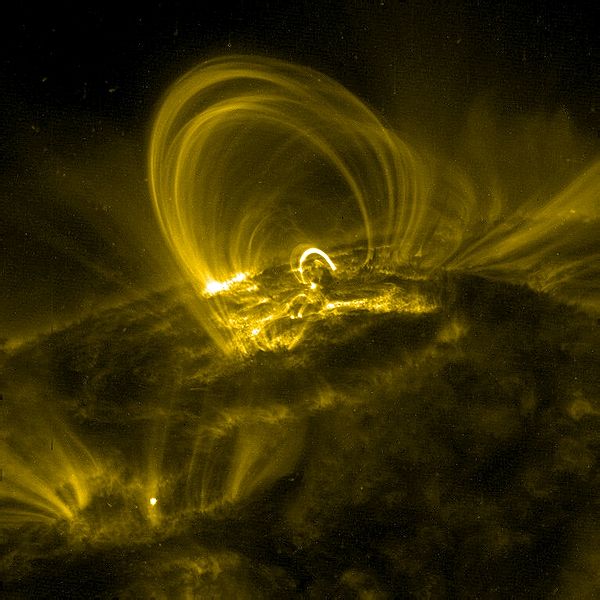
|
Data analysis with
Piet Martens
|
Looking for the Heating Function of Solar Coronal Loops
The building blocks of X-ray and EUV emission in the solar corona are so-called coronal loops. These loops
follow the magnetic field lines and are brighter than the surrounding corona because
coronal heating is concentrated inside them. The student will analyze observations of coronal loops with very high temporal
and spatial resolutions, measure their temperature and brightness profiles, and identify
theoretical coronal heating mechanisms that match the data.
|
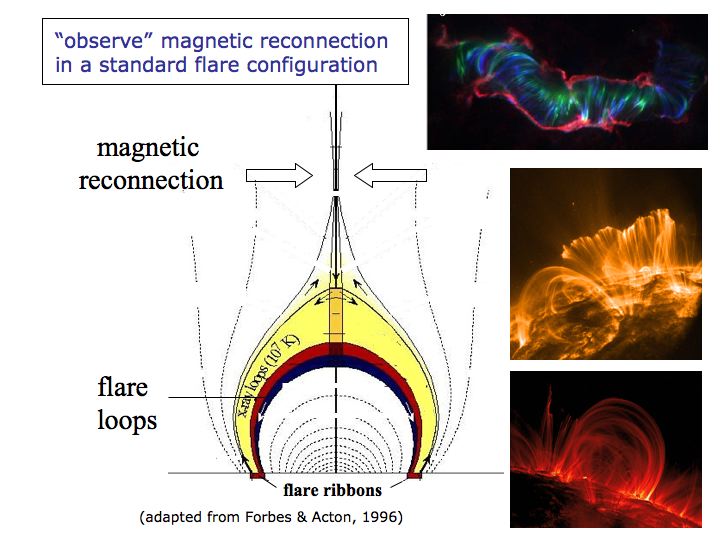
|
Data analysis with
Jiong
Qiu
and
Dana Longcope
|
Magnetic Reconnection and Energy Release in Solar Flares
Flares are spectacular energy release events governed by magnetic reconnection.
The student will study the evolution of flare radiation signatures
at the foot-points of magnetic tubes (loops) formed during reconnection,
measure parameters of magnetic reconnection, and search for
better understanding of the relationship between magnetic reconnection
and energization of plasmas or particles in flux tubes.
|
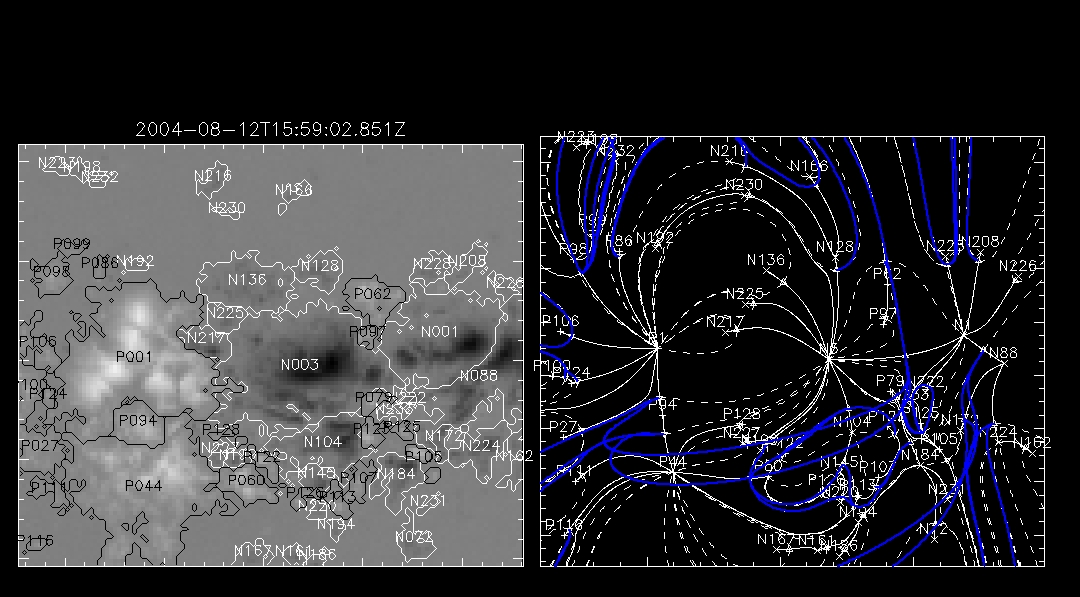
|
Data analysis with
Lucas Tarr
and
Dana
Longcope
|
Quantifying Magnetic Energy Storage and Release by Emerging Flux
The Sun's magnetic field is created by the emergence of concentrated tubes forming sunspots. The atmosphere above these regions is
structured and energized by the emerging field. In this project the student will use existing software to
analyze multiple data sequences of active region emergence, and model the magnetic energy build up to be
compared to the observed X-ray emission during solar flares.
|
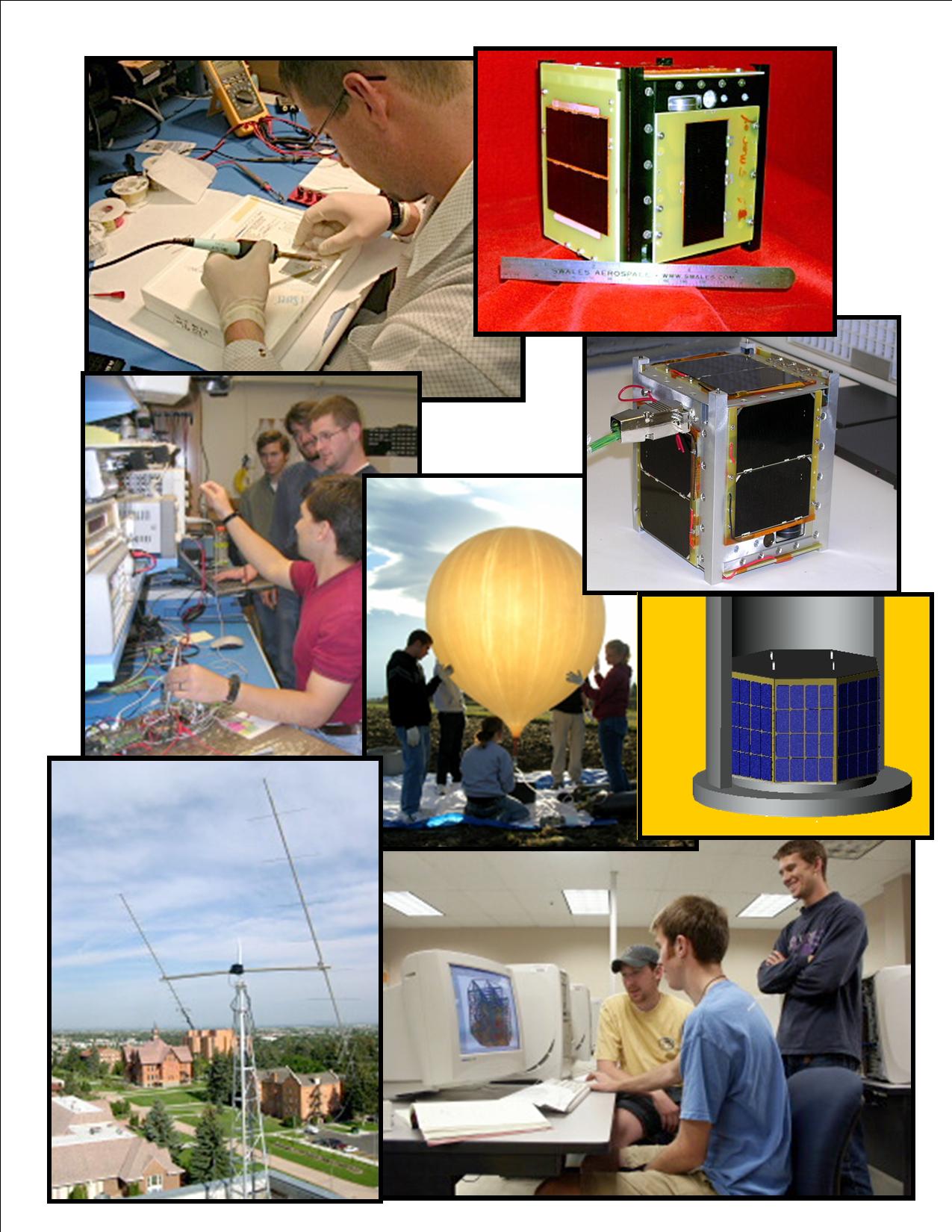
|
Hardware development with
David
Klumpar
|
Space Hardware Development: Space Flight Systems for Space Science
MSU's Space Science and Engineering Laboratory (SSEL) involves students in highly responsible
roles in science and engineering associated with the development of space flight systems for
scientific applications. The student(s) will develop spaceflight hardware through design,
development, and testing as a member of an interdisciplinary project student team. Participants must be U.S. citizens.
|







